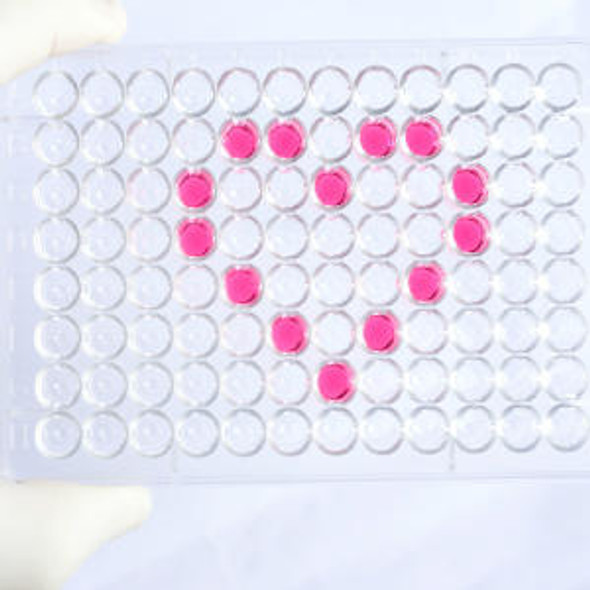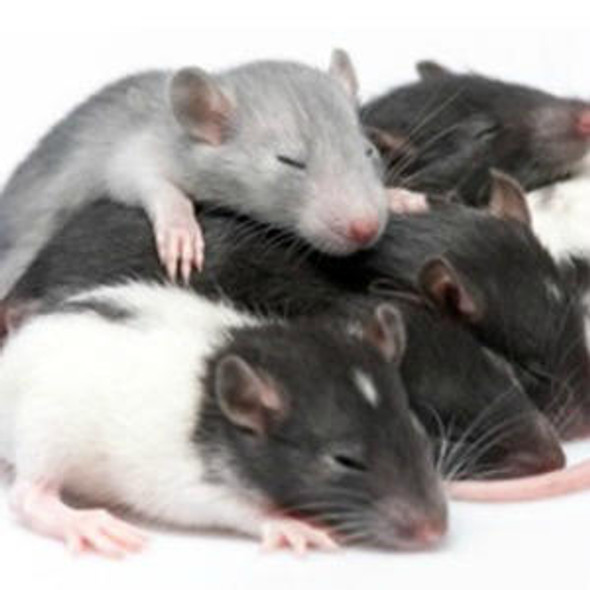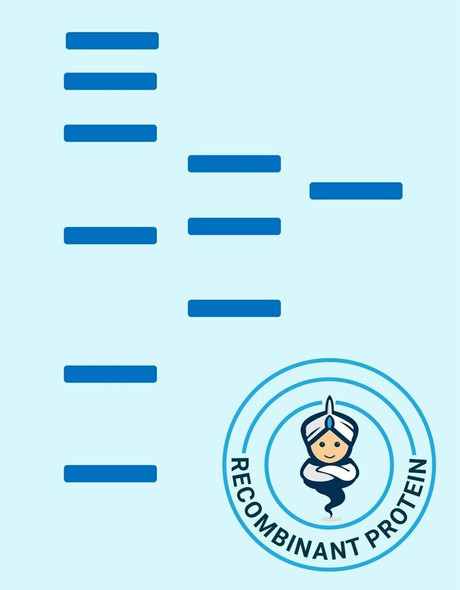Carbonic Anhydrase 1/CA1 Recombinant Protein (RPES4109)
- SKU:
- RPES4109
- Product type:
- Recombinant Protein
- Host species:
- E.coli
- Reactivity:
- Human
Frequently bought together:
Description
system_update_alt데이터시트
Carbonic Anhydrase 1/CA1 Recombinant Protein
Carbonic Anhydrase 1 (CA1) is a cytosolic enzyme, belonging to the alpha-carbonic anhydrase family. It is highly expressed in erythrocytes and acts as an early marker for erythroid differentiation. Carbonic anhydrase 1 plays a improtant role in many biological processes such as calcification, cellular respiration, bone resorption, acid-base balance. It is activated by imidazole, histamine, L-adrenaline, L- and D-histidine, and L- and D-phenylalanine. At the same time, It is inhibited by sulfonamide derivatives and coumarins. In addition, CA1 is a zinc metalloenzyme that has reversible hydration of carbon dioxide. It can hydrate cyanamide to urea.
| Product Name: | Carbonic Anhydrase 1/CA1 Recombinant Protein (RPES4109) |
| Product Code: | RPES4109 |
| Size: | 10µg |
| Species: | Human |
| Expressed Host: | E.coli |
| Synonyms: | Carbonic Anhydrase 1, Carbonate Dehydratase I, Carbonic Anhydrase B, CAB, Carbonic Anhydrase I, CA-I, CA1 |
| Accession: | P00915 |
| Sequence: | Ala2-Phe261 |
| Fusion tag: | C-6His |
| Activity: | Measured by its esterase activity. The specific activity is 78.1 pmol/min/µg . |
| Endotoxin: | <1.0 EU per µg as determined by the LAL method. |
| Protein Construction: | Recombinant Human Carbonic Anhydrase 1 is produced by our E.coli expression system and the target gene encoding Ala2-Phe261 is expressed with a 6His tag at the C-terminus. |
| Purity: | > 95 % as determined by reducing SDS-PAGE. |
| Mol Mass: | 29.9 kDa |
| AP Mol Mass: | 30 kDa |
| Formulation: | Supplied as a 0.2 µm filtered solution of 20mM TrisHCl, 150mM NaCl, 10% Glycerol, pH 8.0. |
| Shipping: | This product is provided as liquid. It is shipped at frozen temperature with blue ice/gel packs.Upon receipt, store it immediately at<-20°C. |
| Stability and Storage: | Store at < -20°C, stable for 6 months. Please minimize freeze-thaw cycles. |










